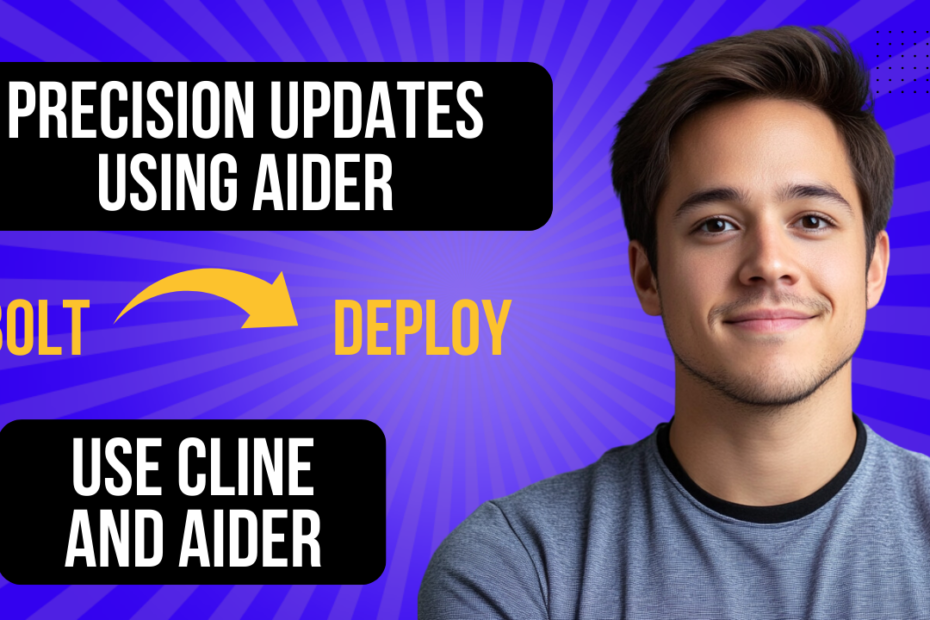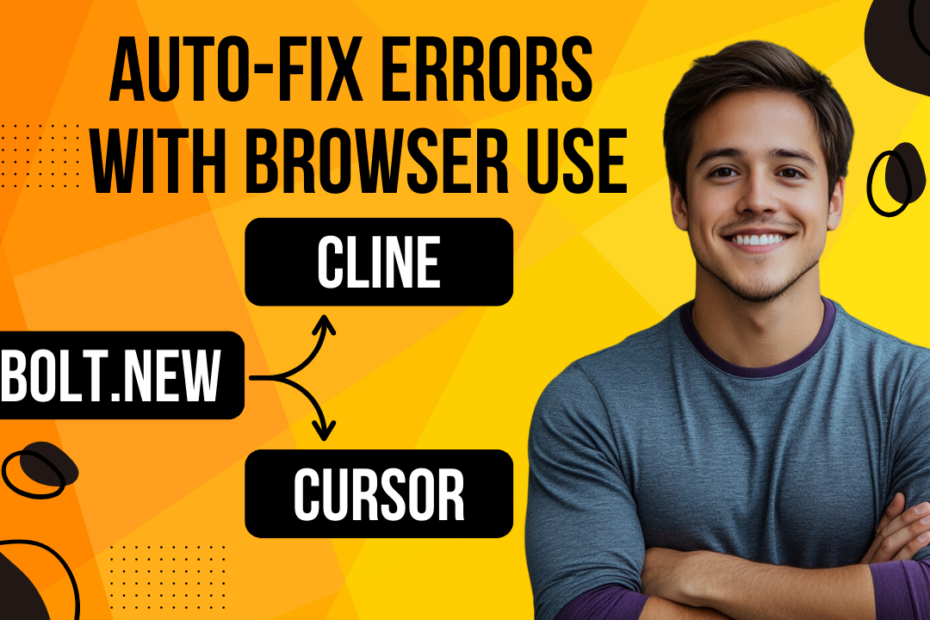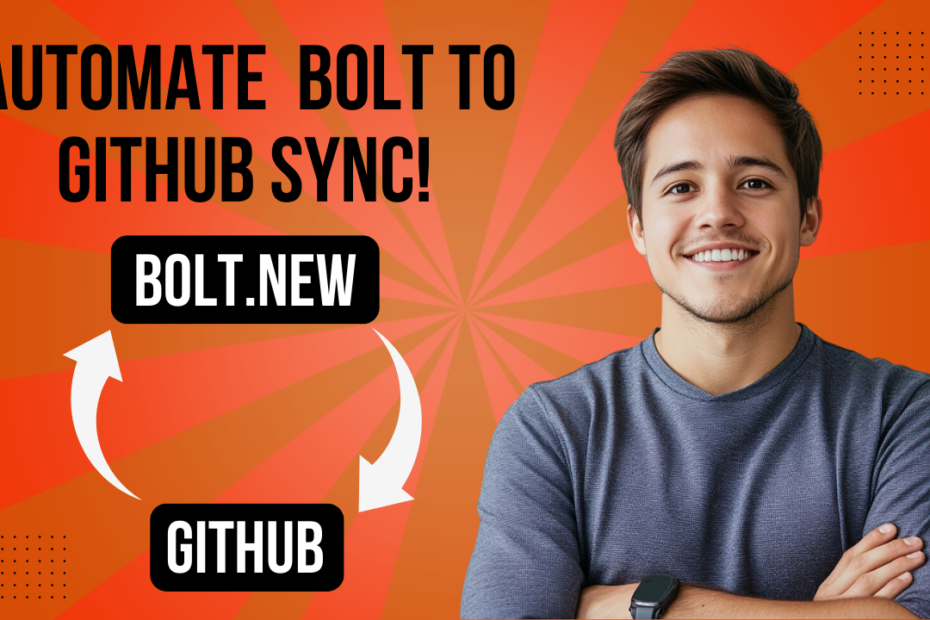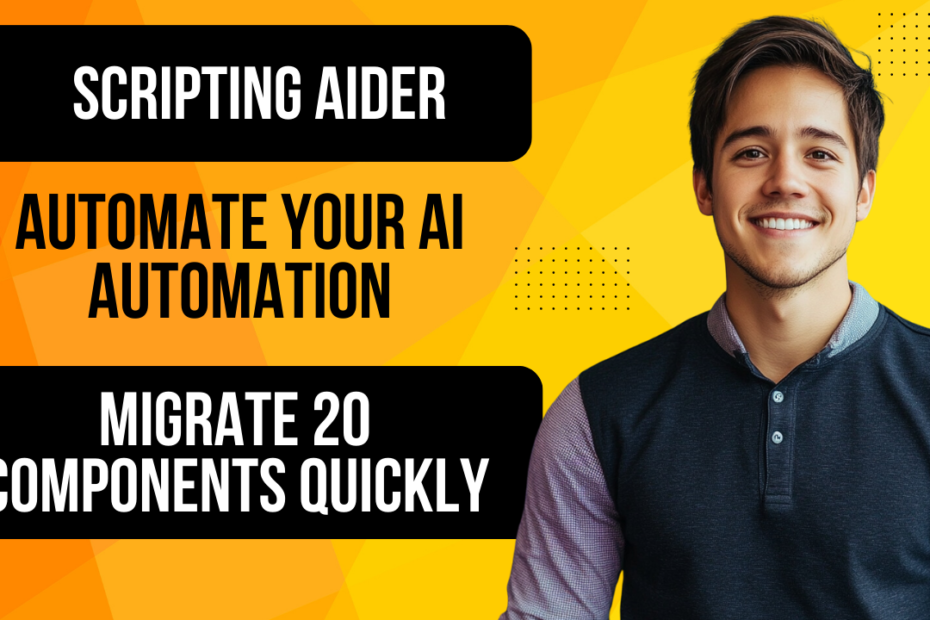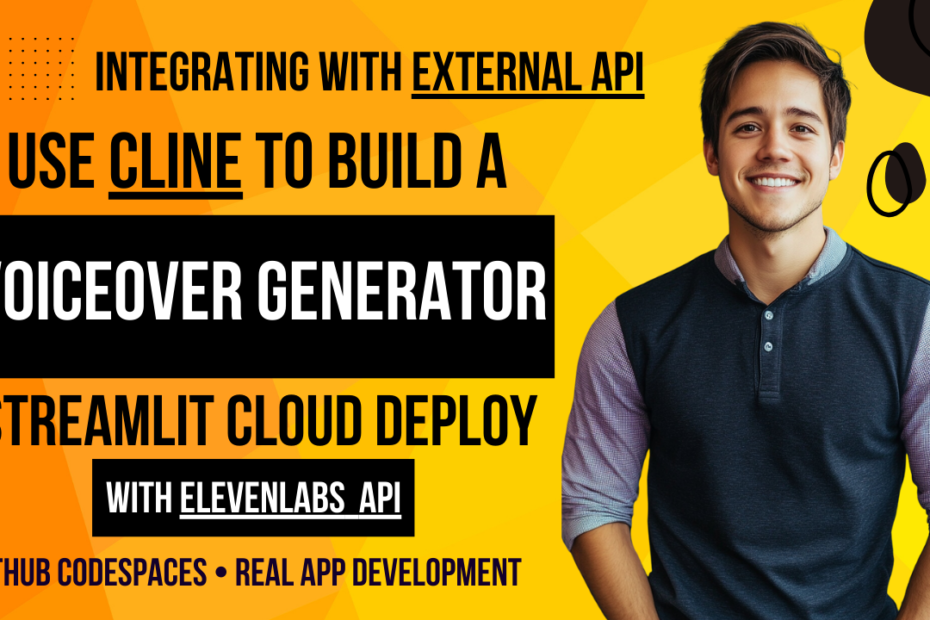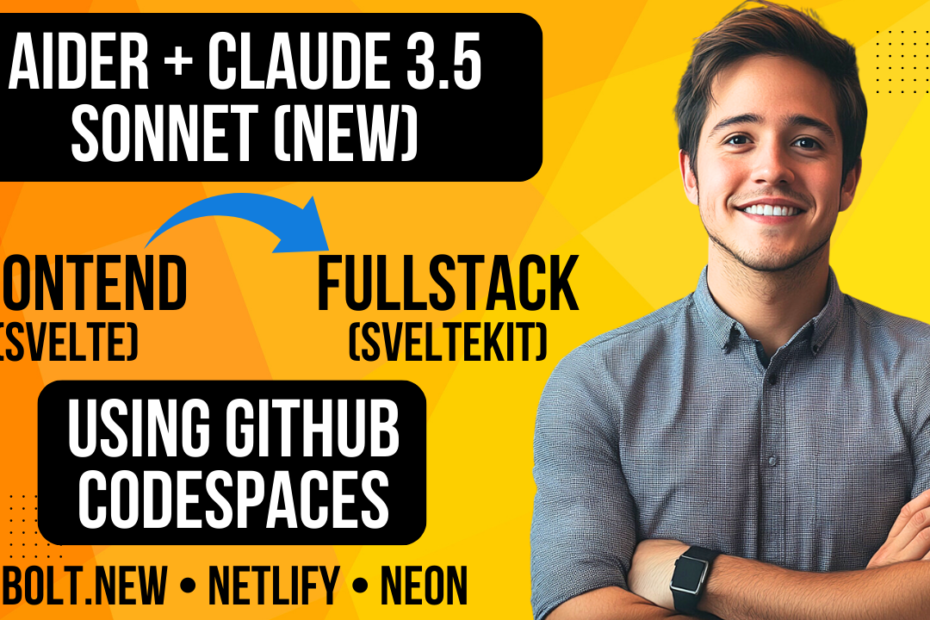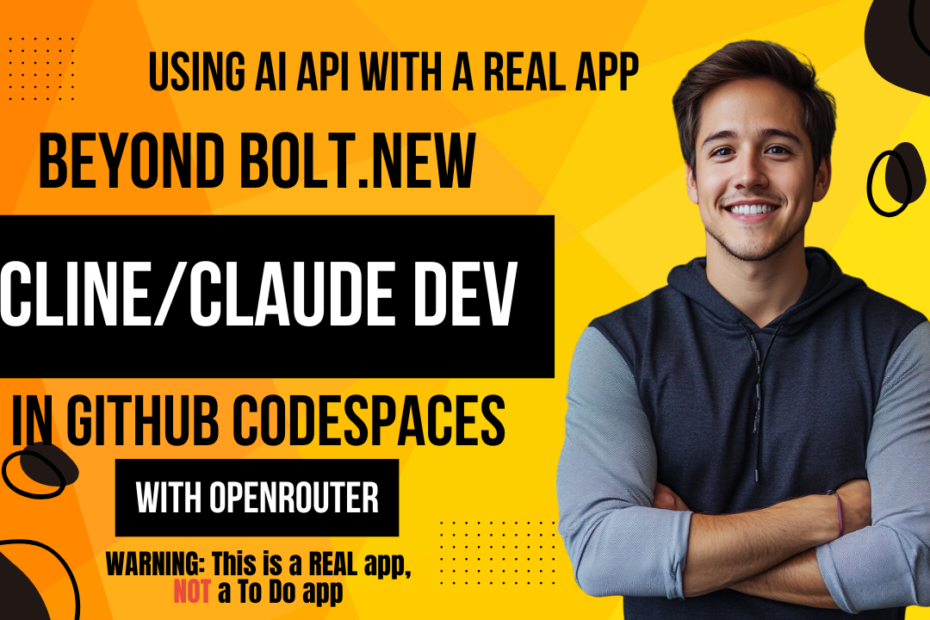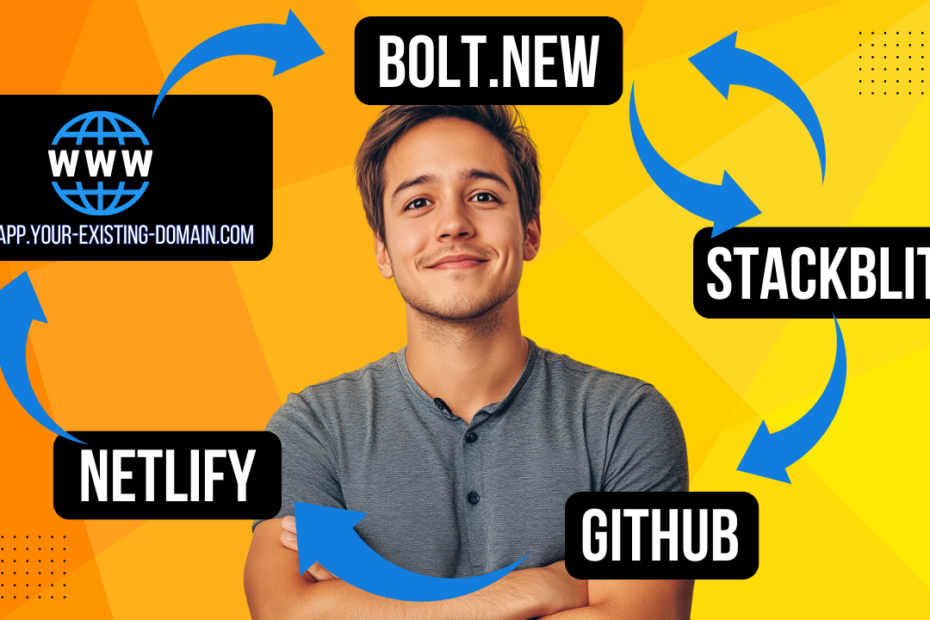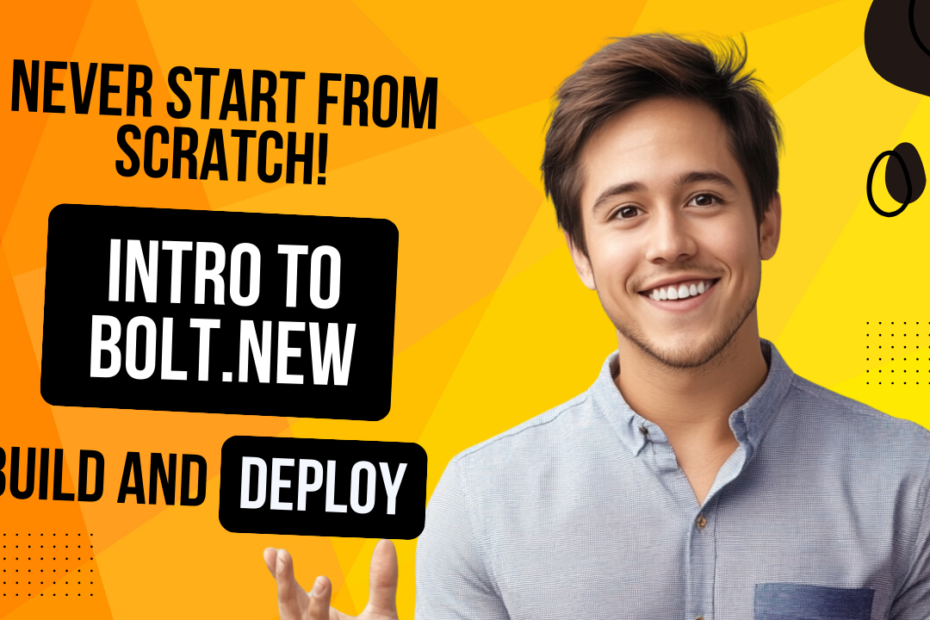Optimizing Your AI Development Workflow (Part 3): From Bolt to Deployment
Discover how to optimize your AI development workflow in this final part of our three-part series. Learn to leverage Aider for precise code edits, manage version control efficiently, and prepare your application for production deployment. Find out when to switch between different AI coding assistants and how to combine their strengths for optimal results. Perfect for developers looking to enhance their AI-powered development process.
